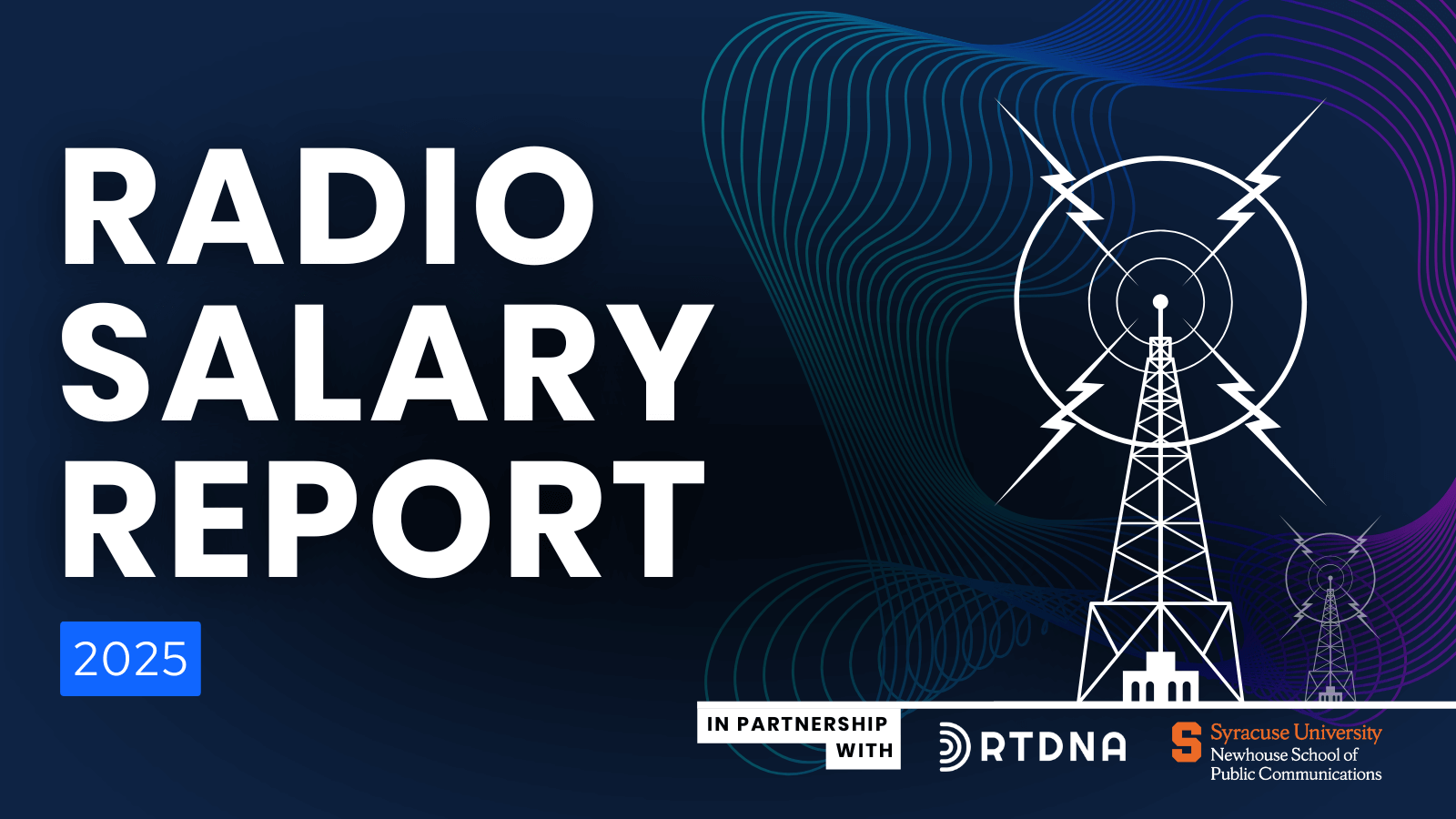Radio salaries are on the rise … finally

April 30, 2025 — Radio salaries have lagged following COVID-19, with three stagnant years below inflation and a net drop of 2.5% last year. Factor in last year’s 2.9% inflation rate, according to the U.S. Bureau of Labor Statistics, and the numbers look even worse. Employees, on average, lost 5.4% in salary.
There appear to be signs of a rebound, at least short term, with reported salaries increasing 14.5%. Employees who contribute to the web were among the higher earners, which brought the figures up. Additionally, commercial stations often matched or exceeded the wages of non-commercial stations — an uncommon trend historically.
The full radio salary report is available for purchase (free for RTDNA members).
Read the Full Report
About the Authors
Bob Papper is Research Professor of Broadcast and Digital Journalism at Syracuse University and has worked extensively in radio and TV news.
Keren Henderson is Associate Professor of Broadcast and Digital Journalism at Syracuse University and has worked as a news producer and video editor.
Tim Mirabito is Assistant Professor of Broadcast and Digital Journalism at Syracuse University and worked in television, radio, print and online media.
This research was supported by the S. I. Newhouse School of Public Communications at Syracuse University and the Radio Television Digital News Association.
About the Survey
The RTDNA/Newhouse School at Syracuse University Survey was conducted in the fourth quarter of 2024 among 1,918 operating, non-satellite television stations and a random sample of 4,763 radio stations. The television response rate is different for every question, but valid responses came from as many as 1,406 television stations (73.3%) and 599 radio news directors and general managers representing 1,632 radio stations. Some data sets (e.g. the number of TV stations originating local news, getting news from others and women TV news directors) are based on a complete census and are not projected from a smaller sample.
